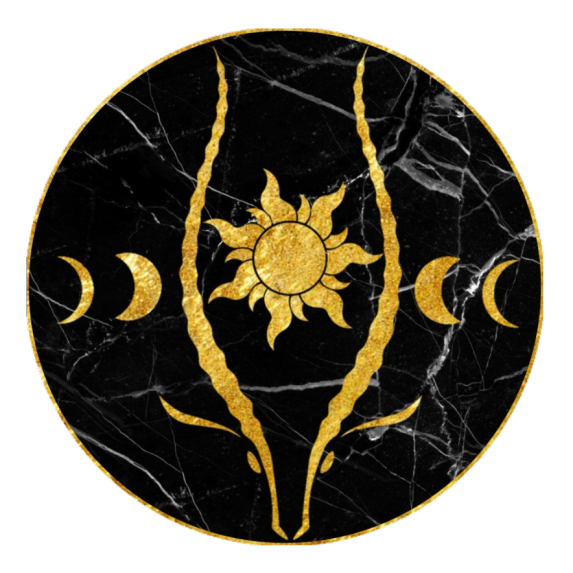cross-posted from: https://lemmy.ml/post/437039
Introduction
Divination is an important ritual. In South Arabia this was done by first presenting an offering to the sacrificial altar and then asking the oracle. The oracle would deliver a reply inspired by ʿAṯtar, probably in a trance state, and finally one would offer a thanksgiving sacrifice after they received the response. This ritual included the libation of the sacrifice’s blood, turning towards corresponding pillars three times, and bowing down while turning three times as well. The oracle wasn’t consulted at random but at certain days of certain months which are carefully specified on which the ceremonies took place. Sometimes no reply was given so the sacrifice will have to be repeated or one would have to increase the number or value of offerings.
The Ecstatic and Astrological Divination of the Kāhins
The Ancient Arabs had a developed astrology and foretold the future by the stars. Astrology is also found in pre-Islamic poetry. The poet Ta’abbata Sharran felt that he was guided by the Milky Way galaxy. Abīd ibn al-’Abras mentioned “the Pleiades bringing evil fortune and good”:
And there shall surely come after me generations unnumbered, That shall pasture the precipices of Aikah and Ladud
And the Sun shall rise, and the night shall eclipse it, And the Pleiades shall circle bringing evil fortune and good
Another way of foretelling the future was through the ecstatic experiences practiced by kāhins. Ibn Hishām tells us of a famous kāhin in Yemen: “The people assembled at the foot of the mountain. The kāhin himself was on the alp. As soon as the sun raised he went down the descent and reclining to his bow continued to stay having turned his face toward the rising sun. After standing a time he began jumping…”
We don’t know much about the kāhins but the story as a whole, with the mountain, jumping, and the use of a bow, suggests that this was some sort of ecstatic experience or mystical ascension. But this topic needs more comprehensive study. There’s also the issue of the scarcity of direct evidence of the spiritual life of pre-Islamic Arabian society. Because of this, I encourage modern practitioners to allow themselves to be more eclectic and synchronistic when it comes to divination and find inspiration in traditions that are better preserved.
Astrology and Divine Ascent
The ancient Arabs travelled at night to protect themselves from the Sun and to navigate using the stars. This made them develop astrological notions such as the deification of the sun, moon and stars. Some astral gods had their analogues in the mythological systems of other Semitic peoples. Due to the developed totemic notions of the Arabs, the astral gods had holy animals as well. For example, the oryx was a sacred animal for ʿAṯtart (عثترة) the goddess of Venus.
In one of the mu‘allaqa poems by 'Imru’ al-Qays, we see the stars tied by hemp ropes to the top of a rock:
Oh long night, dawn will come, but will be no brighter without my love. You are a wonder, with its stars held up as by ropes of hemp to a solid rock.
The Arabs were aware of the archetypes of the ladder and rope and the myths about ascension to the heavens. In the poem of Zuhayr ibn Abi Sulmā, the ladder is a tool of rising to the heavens in order to escape from the claws of death:
He who dreads the causes of death will be caught by them. Even if he ascend the heavens with a ladder.
The rock in the mu‘allaqa of ’Imru’ al-Qays symbolises the cosmic mountain. The hemp ropes tying the rock with the stars are the means of ascension. These symbolical images are used in the depiction of night, which alludes to ignorance, evil and darkness. The rope tying the rock and stars is the road to light and truth. This represents ancient ideas about the initial primordial union between the earth and the heavens and they’re being expressed with the archetypes of the rock (mountain), stars and ropes.

